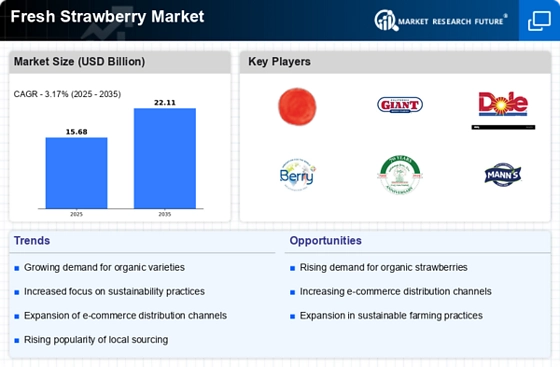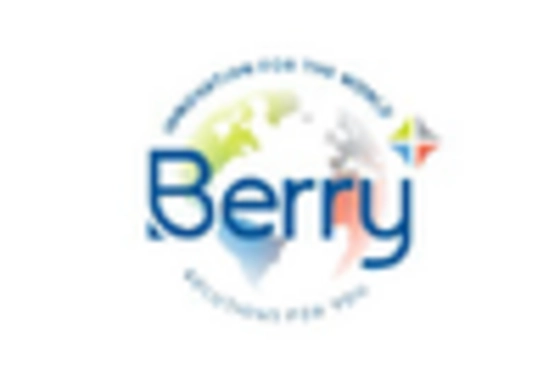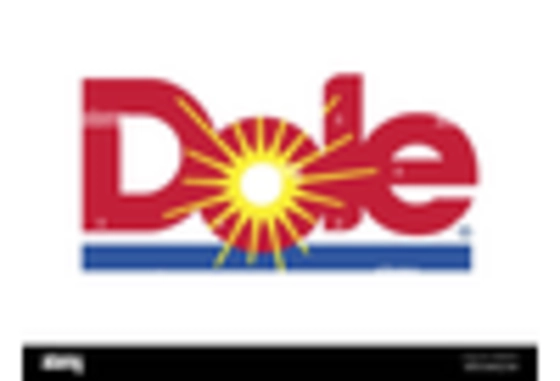The Fresh Strawberry Market is characterized by a dynamic competitive landscape, driven by increasing consumer demand for fresh produce and the growing popularity of strawberries as a health-conscious snack. Key players such as Driscoll's (US), California Giant Berry Farms (US), and Dole Food Company (US) are at the forefront, each employing distinct strategies to enhance their market presence. Driscoll's (US) focuses on innovation through genetic research to develop new strawberry varieties that offer superior taste and shelf life, while California Giant Berry Farms (US) emphasizes regional expansion and partnerships with local growers to ensure a steady supply of fresh berries. Dole Food Company (US) is leveraging its extensive distribution network to penetrate emerging markets, thereby broadening its consumer base. Collectively, these strategies contribute to a competitive environment that is increasingly centered on quality, sustainability, and consumer engagement.
In terms of business tactics, companies are increasingly localizing manufacturing and optimizing supply chains to enhance efficiency and reduce costs. The Fresh Strawberry Market appears moderately fragmented, with a mix of large-scale producers and smaller, niche players. The collective influence of these key players shapes market dynamics, as they compete not only on price but also on quality and sustainability practices, which are becoming paramount in consumer decision-making.
In August 2025, Driscoll's (US) announced a partnership with a leading agricultural technology firm to implement AI-driven solutions for crop management. This strategic move is likely to enhance yield predictions and optimize resource allocation, thereby improving overall operational efficiency. Such advancements may position Driscoll's (US) as a leader in sustainable farming practices, appealing to environmentally conscious consumers.
In September 2025, California Giant Berry Farms (US) launched a new marketing campaign aimed at promoting the health benefits of strawberries, particularly targeting younger demographics through social media platforms. This initiative not only seeks to increase brand awareness but also aims to foster a deeper connection with health-conscious consumers. By aligning its marketing strategies with current consumer trends, California Giant Berry Farms (US) appears to be effectively enhancing its market share.
In October 2025, Dole Food Company (US) unveiled a new line of organic strawberries, responding to the rising consumer preference for organic produce. This strategic introduction is indicative of Dole's commitment to sustainability and health, potentially attracting a segment of the market that prioritizes organic options. The launch may also serve to differentiate Dole from competitors, reinforcing its position in the premium segment of the market.
As of October 2025, current competitive trends in the Fresh Strawberry Market are increasingly defined by digitalization, sustainability, and the integration of advanced technologies such as AI. Strategic alliances among key players are shaping the landscape, fostering innovation and enhancing supply chain reliability. Looking ahead, competitive differentiation is likely to evolve from traditional price-based competition to a focus on innovation, technology adoption, and sustainable practices, as companies strive to meet the changing preferences of consumers.


















Leave a Comment